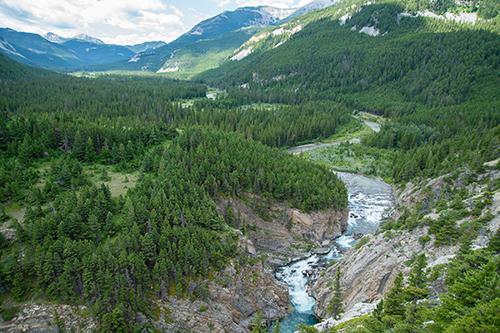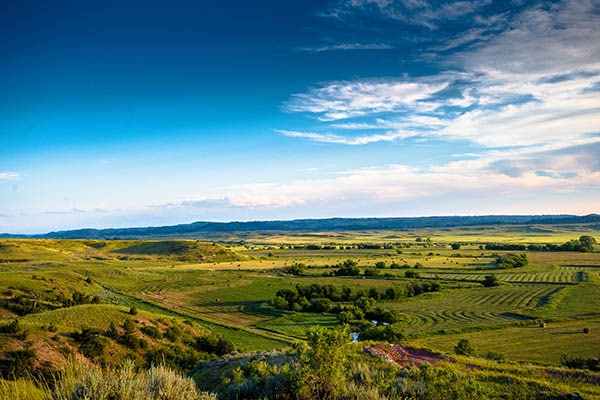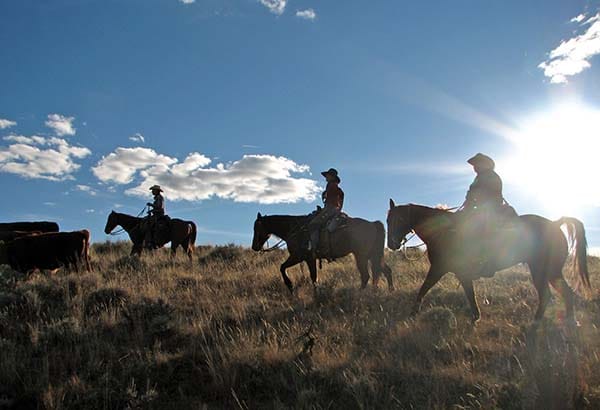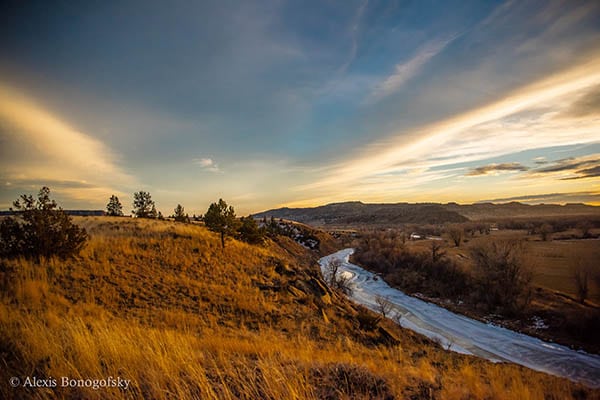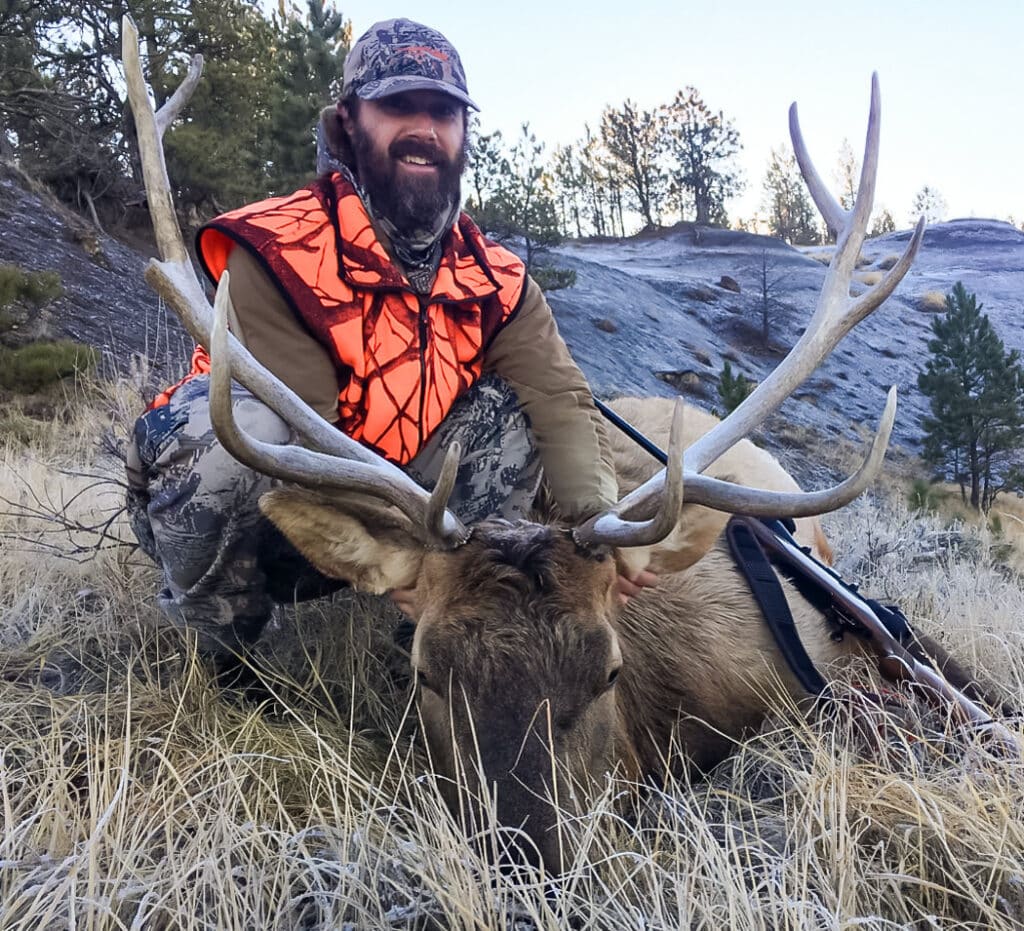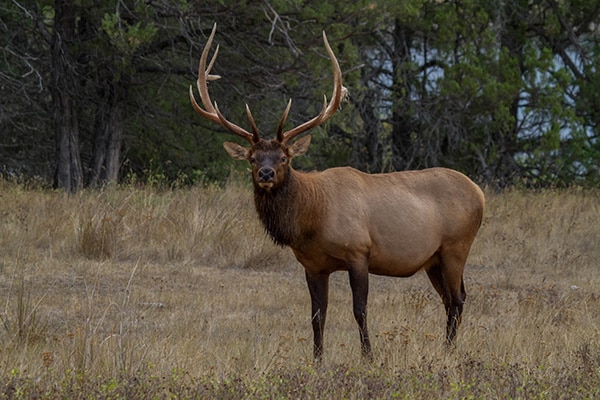
Now that the dust has settled and elk “shoulder seasons” have been approved by the Montana Fish and Wildlife Commission, it’s time to step back and look at what it means for the future of hunting in the Treasure State. The commission in February approved these additional elk seasons in 43 hunting districts throughout the state in an effort to address populations that are over the targeted objective laid out in the statewide elk management plan.
That decision came after a process that was well over a year in the works, with more than a dozen Montana Fish, Wildlife and Parks biologists, game wardens and other officials meeting to craft a proposal to address overpopulated elk herds. And it followed a bill in the 2015 Legislature, SB 245, sponsored by Sen. Doug Kary, R-Billings, that would have written the opportunity for late hunting seasons into state law. The bill was vetoed by Gov. Steve Bullock, but in his veto statement he said FWP was working on alternatives to address elk management.
First off, what is a shoulder season, and how is it different than the game damage and management seasons that FWP was already using?
A shoulder season is a rifle hunting season that is established outside of the regular five-week general season and is printed in the hunting regulations. They cover entire hunting districts and can include additional permits, or use general licenses, as well as second cow elk “B” tags. They can start as early as August 15 and run as late as February 15.
In comparison, game damage and management hunts are held on a smaller scale, down to an individual ranch, to address either a point-source issue on a particular property as well as an elk population that is over objective. They happen through a process laid out in state law as well as in state administrative rules set by Montana FWP. They are smaller scale, and have eligibility requirements that include some level of reasonable public access during the general hunting season for landowners to qualify.
That’s important, because the five-week season is Montana’s time-tested method of managing our wildlife populations. It has worked for decades. And the law that requires that was requested more than two decades ago by lawmakers who saw what happens when some properties receive no hunting pressure throughout the general season.
MWF supports private property rights, and it is every landowner’s decision whom to allow to hunt on their land. But those decisions on hunter access can have major implications for wildlife management that can lead to adverse effects on their neighbors. Solid research has shown that elk learn where refuges with no or very little hunting pressure are. And once they do, other elk follow.
These areas are incredibly difficult for professional wildlife managers to deal with. With that knowledge, FWP worked to craft a proposal that creates incentives for landowners to allow enough hunting during the general rifle season to affect elk numbers, as well as to help redistribute them on the landscape. That’s key, because quality hunting and better wildlife management are dependent on spreading out hunters, as well as spreading out wildlife.
The elk shoulder seasons aren’t just extra seasons. They’re called “performance based” shoulder seasons and that performance is based on guidelines the Commission adopted in October. They’re meant to make the shoulder seasons more effective, and prevent them from becoming the old late elk seasons, which were ineffective at controlling elk numbers. Those seasons in many areas actually lead to growing elk herds, despite the length of the season running into mid-February.
The guidelines state clearly that the shoulder seasons are meant to supplement general season harvest and not replace it. Here they are, with an explanation of each:
1. The harvest of bull elk for three years during the archery and general seasons must reach half of the bull recruitment during the same time.
2. The number of cow elk killed during the archery and general seasons must also be half of the total number of cow elk recruited into the population.
3. The total number of cow elk harvested for all seasons combined, including the extended shoulder seasons, must be greater than the recruitment of new cow into a district’s population.
4. The three year harvest of all elk for all seasons combined must exceed the total number of elk recruited to a population.
The guidelines also lay out exceptions that allow for shoulder seasons in areas where hunters, landowners and FWP have worked together to reach agreement. But it is important that those are kept to a minimum.
Why are the guidelines so important? They ensure that Montana keeps its focus for harvest on our general season, to promote the democracy of hunting. This is when everyone has an equal chance to hunt elk. It’s when Montanans and their out of state guests schedule week-long hunting trips. And biologically, it’s the most ethical time of year to be harvesting elk, because cows aren’t far along in their pregnancies and calves can survive on their own.
Hunting pressure on elk in valley bottoms during the general season can help push them back to higher elevations on public land. That will help make for better elk hunting for everyone.
MWF will be monitoring the harvest data from these shoulder season hunts to ensure that FWP is sticking to the guidelines. If a district doesn’t meet the criteria, the shoulder seasons need to go away. We will be working to ensure FWP sticks with the guidelines as it works to improve elk management.
With the help of our friends and neighbors in the farming and ranching community, we can make these seasons a success and bring elk numbers back down to the objective population.
Stay tuned. Please feel free to provide feedback to Nick Gevock, MWF conservation director, as well as FWP biologists in your areas around the state.
Nick Gevock is Montana Wildlife Federation’s Conservation Director. You can send him questions or comments at ngevock@mtwf.org.

